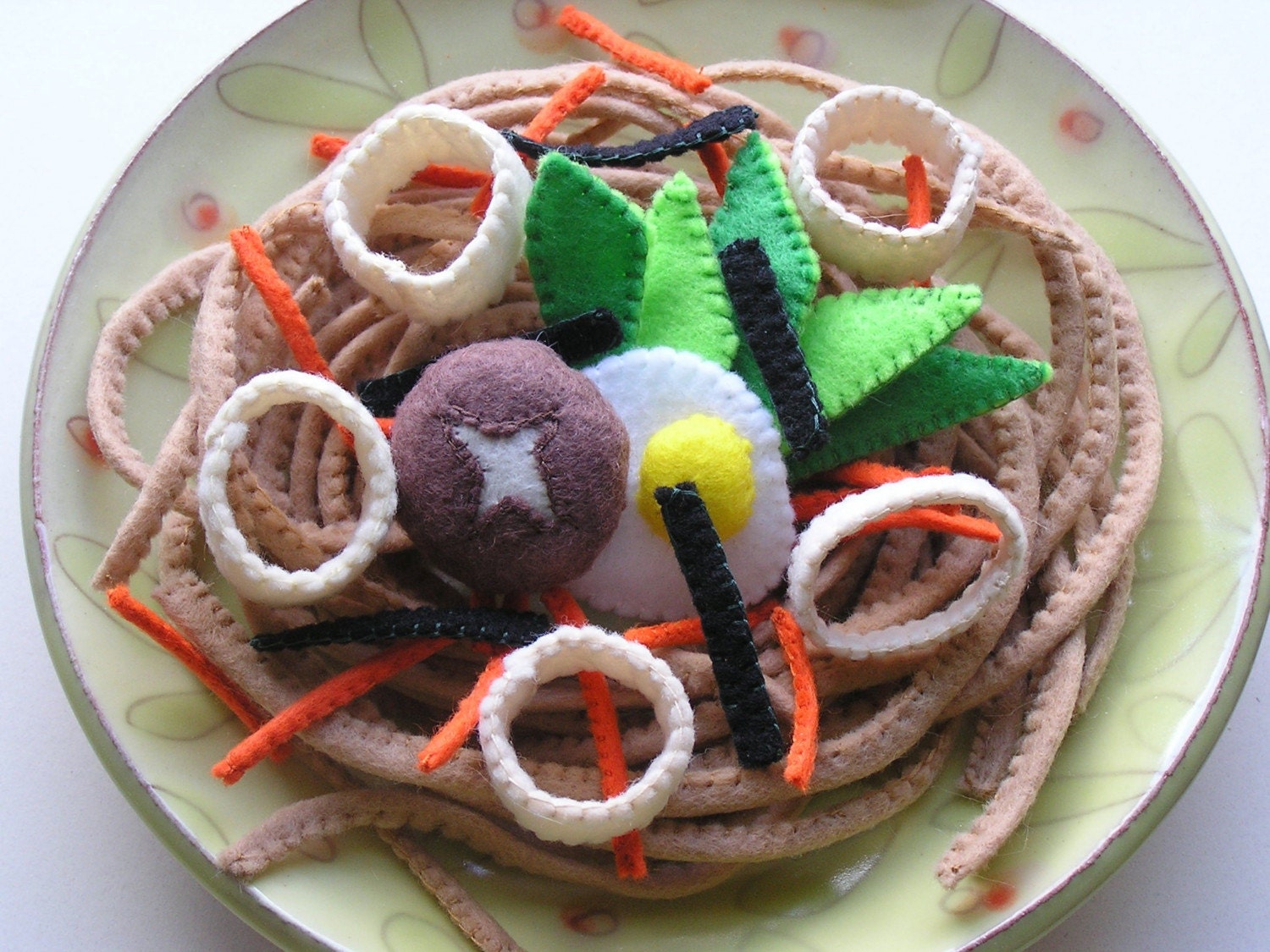Whenever I start to think that business and creativity do not go hand in hand, I remind myself of the noodle shops of old Tokyo, then known as Edo, in the 17th century. Japan was still in the midst of it's feudal time then, and Edo was the rising star. The Tokugawa shogunate had pretty much left the people powerless, enforcing strict social status and stripping much of the power from even the upper classes- the samurai and daimyo. Yet, art flourished, as did education and the culinary arts.
You would think living in a time with no individual rights where an actor could be killed on sight for no reason with no consequences would be bleak for the creative individual. Yet, the noodle shops flourished. What does a noodle shop have to do with being an artist trying to run a business today, you ask? Put simply, as an artist you are selling something that no one needs but they definitely want in a world where many others are trying to do the same thing. There were more than 3,700 noodle shops in Japan during this period. More than 80% of the population lived in poverty during this time, yet still thousands of noodle shops thrived.
How could this work?
Workers were coming from all over the countryside to earn a days wages in the busy urban centers. Some creative and enterprising soul figured theses people would be hungry, but wouldn't have much to spend. He made up a batch of soba noodles and soon had his first customer. People were able to eat cheaply, and soon other shop owners began to notice. What started as one shop turned into many with many people scrambling to get their piece of the action. The upper classes also were not immune to this noodle phenomenon. They too could grab a quick bite for little cash, and they were soon smitten with the idea.
With that many noodle shops, the average owner had to work hard to stand out from the crowd. First they began by specializing. This shop sold only soba noodles, and that one sold only udon. Once there were many shops specializing in the same thing, it was time to move on to more drastic measures. The proprietors began wearing outlandishly decorated kimono's and hawked their wares more vigorously. Some turned their shops into upscale restaurants, further specializing, while others focused more on quick service and a meal to go- fast food if you will.
There are still thousands of noodle shops in Tokyo flourishing today. All because the first noodle shop owners of Edo knew that to succeed you must be creative, and to be a creative success you must understand your business. When you think that it is impossible to balance your art and your business pay attention to the key elements here- have you specialized? Have you created a perceived need? Do you stand out from the crowd? Do you have items available that appeal to more than one economic strata? Tell me, what color is your kimono?
In short- Are you a noodle shop in old Edo?
Monday, October 20, 2008
Subscribe to:
Post Comments (Atom)



1 comment:
what an inspiring story!! TFS...
Post a Comment